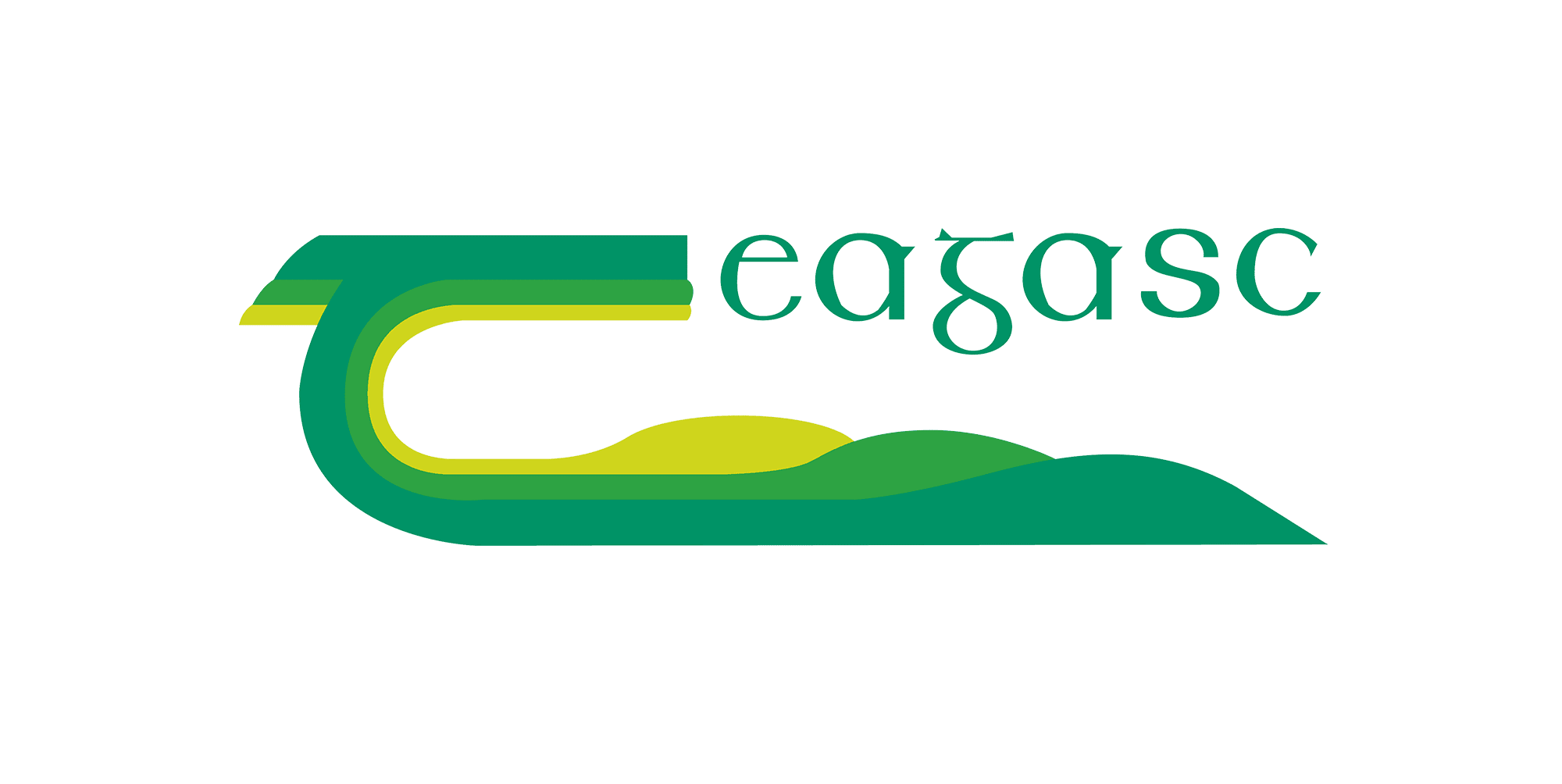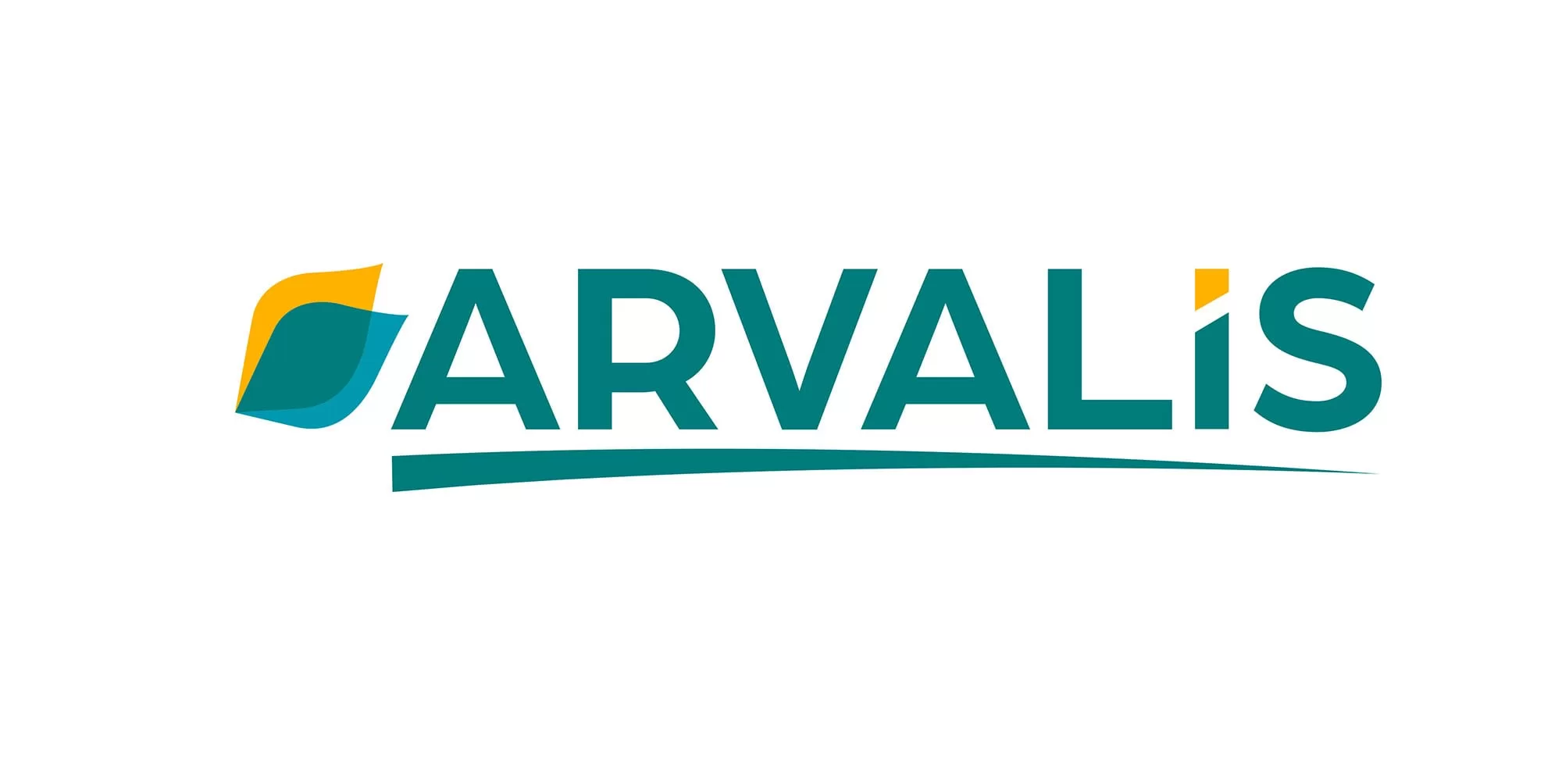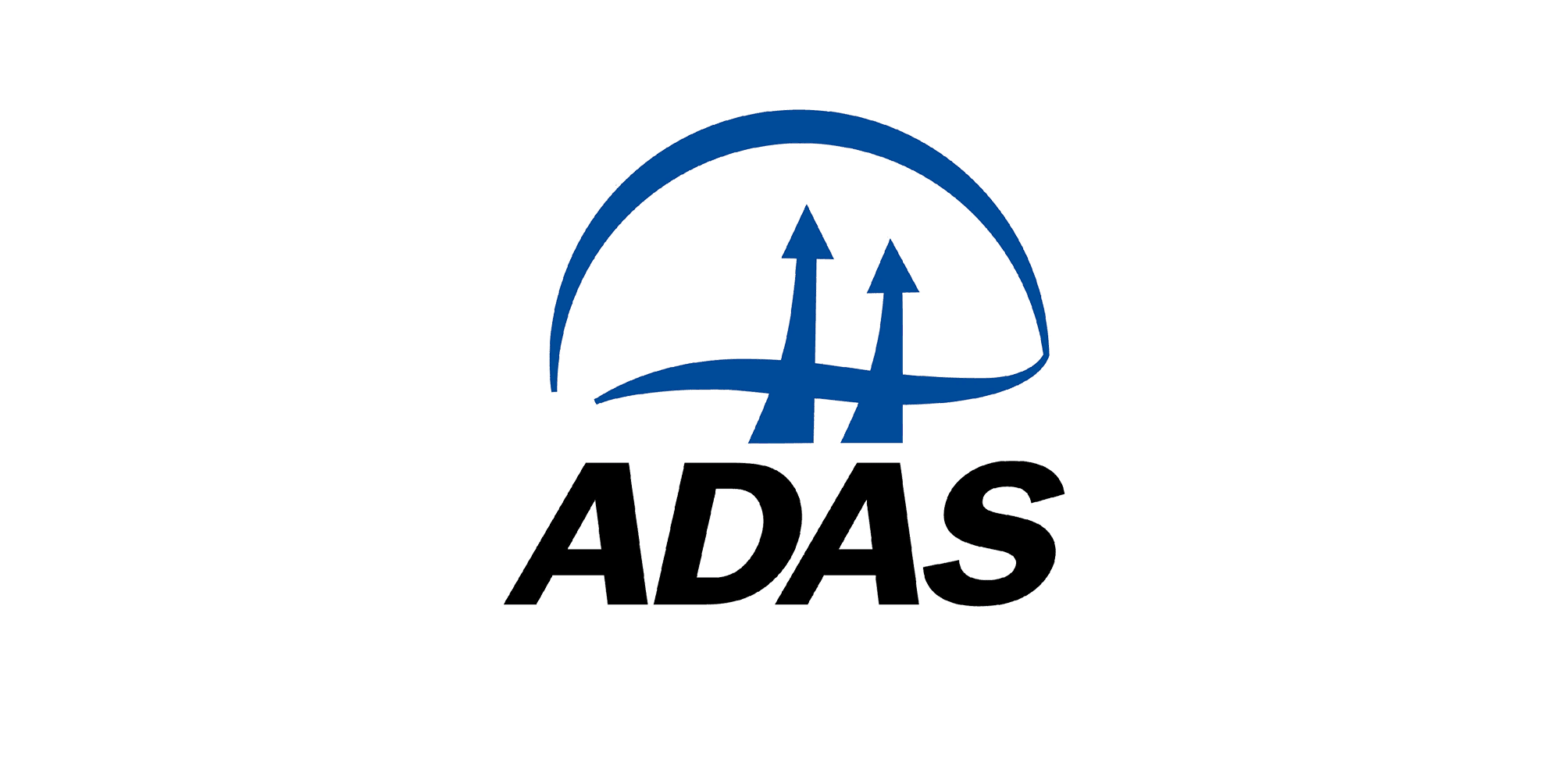Yara N-Sensor ALS
The N-Sensor determines the nitrogen requirement by measuring the light reflection from the crops in an area of approximately 50 m2. Measurement results are recorded every second, and the system is programmed to operate at the same speed over the entire area. The principle of sensor technology used in agriculture is the typical light reflection curve of the above-ground part of the plant. The N-Sensor measures light reflectance in a specific wavelength range, which is related to crop chlorophyll content and biomass. The sensor calculates the actual uptake of nitrogen (N) by the crop. Optimum fertilization rates are calculated based on nitrogen absorption data and transmitted to the variable rate control panel of the spreader or sprayer, which adjusts the fertilizer rate accordingly. The entire process of determining the nitrogen requirement of crops and calculating the exact rate of fertilizer takes place instantly, simultaneously, without delay.
Access the tool
| Name in original language | Yara N-Sensor ALS |
| Name in English | Yara N-Sensor ALS |
| Designer/ manufacturer | Yara |
| Accessibility | Sold commercially |
| Weblink | https://www.yara.lt/paseliu-tresimas/prietaisai-ir-paslaugos/n-sensor/ |
| Countries of primary use | Belgium, Czechia, Denmark, Germany, Spain, Croatia, Ireland, Lithuania, Hungary, Netherlands, Poland, Portugal, Romania, Serbia, Greece, Bulgaria, Ukraine, United Kingdom , Finland, Sweden, Estonia, Latvia, Norway |
| Main language | English |
| Other languages available | Bulgarian, Dutch/Flemish, German, English, Danish, Czech, Greek, Polish, Serbian, Russian, Portugese, Romanian, Lithuanian, Ukrainian |
| Brief description of the tool | The N-Sensor determines the nitrogen requirement by measuring the light reflection from the crops in an area of approximately 50 m2. Measurement results are recorded every second, and the system is programmed to operate at the same speed over the entire area. The principle of sensor technology used in agriculture is the typical light reflection curve of the above-ground part of the plant. The N-Sensor measures light reflectance in a specific wavelength range, which is related to crop chlorophyll content and biomass. The sensor calculates the actual uptake of nitrogen (N) by the crop. Optimum fertilization rates are calculated based on nitrogen absorption data and transmitted to the variable rate control panel of the spreader or sprayer, which adjusts the fertilizer rate accordingly. The entire process of determining the nitrogen requirement of crops and calculating the exact rate of fertilizer takes place instantly, simultaneously, without delay. |
| Target user | Farmers and/or advisors |
| Target crops | Oilseed rape, Wheat |
| Type of tool | Crop analysis |
| The tool assesses or provides guidance on | Green Area Index (GAI) |
| Nutrients assessed | Nitrogen (N) |
| Nutrients assessed in the lab | Not included |
| The tool relies on a base recommendation system | Yes |
| Base recommendation system | The Yara N-Sensor ALS-2 is the culmination of over 20 years of development work at Hanninghof in Germany, through extensive testing and trial work. Originating from the first generation Passive N-Sensor in 2005 the Active Light Source (ALS) was introduced as a solution to restricted working hours due to low or no ambient light. |
| The assessment frequency should be | Prior to each N application |
| Required data input is | Crop |
| The data can be imported from other tools and systems | No |
| The tools main output format is | Value in tool |
| Data can be exported | Yes |












